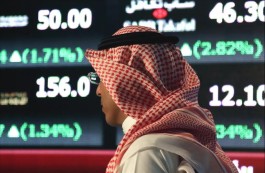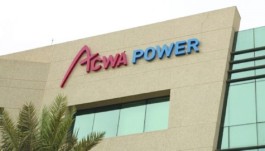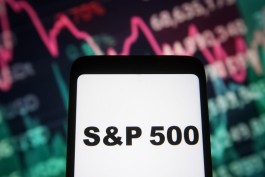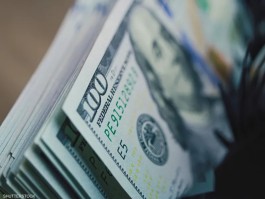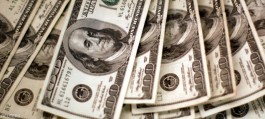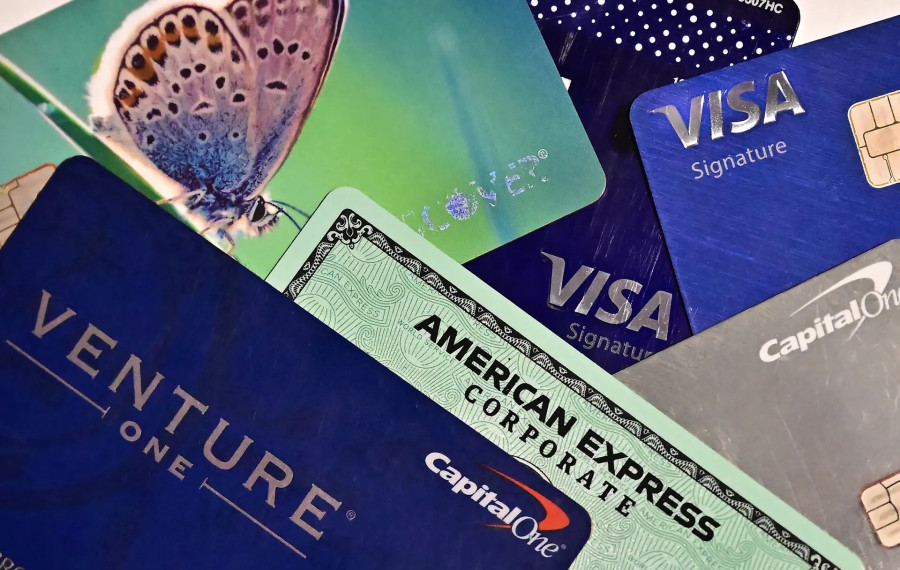Credit card companies are incurring losses at the fastest pace in nearly 30 years, barring a major financial crisis, according to Goldman Sachs.
Credit card losses bottomed out in September 2021, and although the initial increases were likely reflections of stimulus, they have been rising rapidly since the first quarter of 2022. Since then, the rate of losses has been increasing, and has never been seen before. The world in modern history except during the 2008 recession. The bank expects that the matter is likely to escalate.
Losses currently stand at 3.63%, 1.5 percentage points above the bottom, and Goldman Sachs sees them rising another 1.3 percentage points to 4.93%. This comes at a time when Americans owe more than a trillion dollars on credit cards, a record number, according to the Federal Reserve Bank of New York.
“We believe delinquencies could continue below their seasonal average until the middle of next year, and we don't see losses peaking until late 2024/early 2025 for most card issuers,” analyst Ryan Nash wrote in a note on Friday.
He pointed out that what is unusual is that losses are accelerating outside the scope of the economic contraction. Of the past five credit card loss cycles, three were coinciding with recessions, he said.
Nash said that the two cases that occurred when the economy was not in a recession were in the mid-1990s, and from 2015 to 2019. From our point of view, this cycle has similar characteristics to what we saw in the late 1990s and is somewhat similar to the cycle from 2015 to 2019, where losses increased after a period From strong loan growth, a similar pace of normalization has been seen so far in this cycle.
History also shows that losses tend to peak six to eight quarters after loan growth peaks, he said. That means the credit normalization cycle is only halfway through, hence the forecast for late 2024 and early 2025, he said.
Nash sees the biggest downside risks to Capital One Financial, followed by Discover Financial Services.










